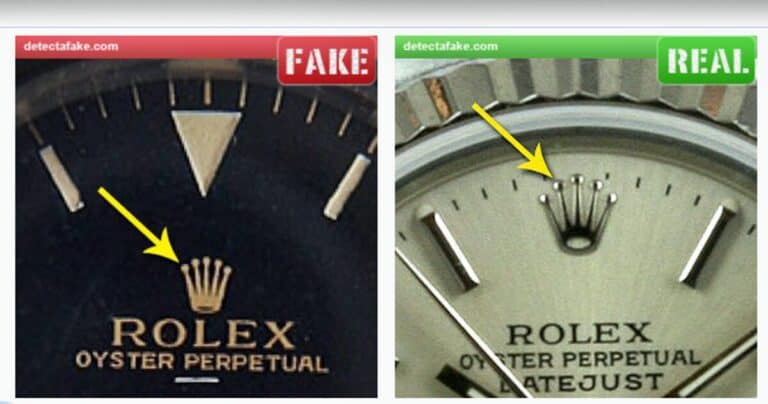How to detect fake Sterling Silver Jewelry
| Step | Test | Description |
|---|---|---|
| 1 | Magnet Test | Check if a magnet sticks to your silver—genuine silver won’t. |
| 2 | Stamp Inspection | Examine for a .925 stamp—indicating 92.5% solid silver. |
| 3 | Signs of Wear | Look for wear, revealing metal below the plating. |
| 4 | Density Test (Caution) | Perform cautiously—weigh silver in water for authenticity. |
How to detect fake Sterling Silver Jewelry: Investing in sterling silver? Ensure you’re not being duped with this guide. Navigating the world of silver can be daunting, especially without the right tools. However, fret not, as we unveil practical tests you can conduct with everyday items to determine if your silver piece is the real deal.
Step 1: The Magnet Test Begin by placing your silver on a flat surface and employing a strong magnet. If the magnet exhibits any attraction, your silver is likely not solid. While modern fakes may pass, this test remains a crucial first step. For instance, imagine discovering that your supposedly sterling silver necklace is, in fact, a cleverly disguised imitation.
Step 2: Stamp Inspection With magnification, scrutinize your silver for a .925 stamp. This stamp indicates that the piece is 92.5% solid silver. While it doesn’t guarantee authenticity, its absence is a red flag. Consider a scenario where you’re eyeing a gorgeous ring online, only to notice the absence of that tiny yet crucial stamp.

Step 3: Signs of Wear For used pieces, inspect for signs of wear. Worn-out plating exposing the metal beneath is a telltale sign of a fake. Imagine buying a vintage silver brooch, only to find out later that the exquisite exterior is merely a facade.
Step 4: Density Test (Caution Advised) A density test involves weighing silver in and out of water. Caution is paramount, as it requires specialized equipment. Visualize attempting this intricate procedure without the right tools—a recipe for misinformation.
FAQs:
Q1: Can a magnet test always confirm authenticity? A1: While effective, the magnet test may not catch all modern fakes. Combine it with other tests for a more comprehensive evaluation.
Q2: Is the .925 stamp foolproof? A2: The stamp is a positive indicator, but its absence doesn’t definitively prove a fake. Use it as one of several evaluation criteria.
Q3: Why is the density test cautioned against? A3: Conducting a density test without proper equipment can lead to inaccurate results. It’s advised only for those well-versed in the procedure.
Q4: Are all chains with lobster claw stamps trustworthy? A4: Not necessarily. Some high-quality fakes may feature genuine silver stamps only on specific parts. Inspect the entire chain for authenticity.
Q5: Can wear be deceptive in identifying fake silver? A5: Yes, some fakes are adept at mimicking wear patterns. Combine wear inspection with other tests for a more robust assessment.


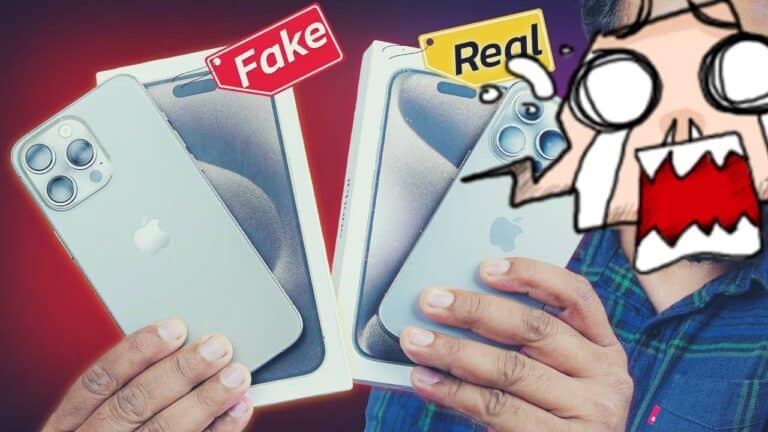
How To Check if iPhone 15 Pro Max is ORIGINAL or FAKE with Screenshots
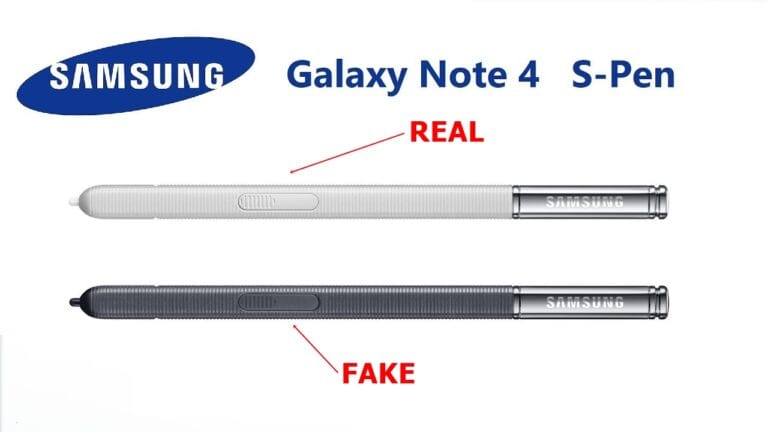
How can I tell if my S Pen is a real Samsung S Pen and not a fake?
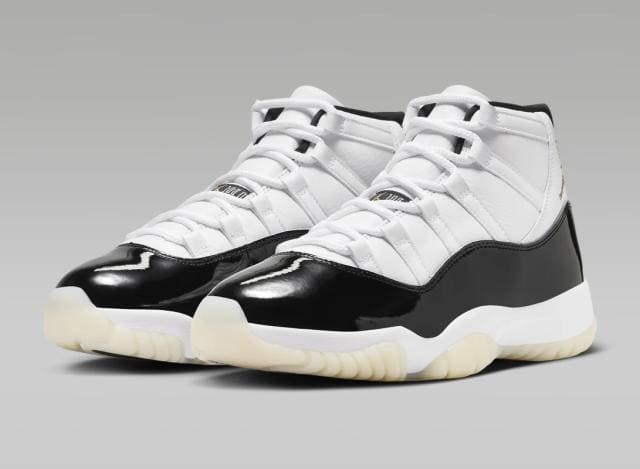

An Agreement to Include Generative AI in iPhones Is Being Discussed Between Apple and Google

Keep quiet! Please remain silent when receiving the Mega Millions jackpot. Now, complete this.


Looking for a job in the US? Move to These Cities where Employment is Booming

Samsung Ballie, its Pokemon Style home robot, Announced with a few upgrades at CES 2024

Apple Vision Pro: company’s stock surged on Monday, marking its first day gain of 2024 shares.

Stress Less and Earn More: These are the low-stress occupations for you in 2024

How to detect fake BOSE Headphones | How to Spot a Fake Bose Headphone
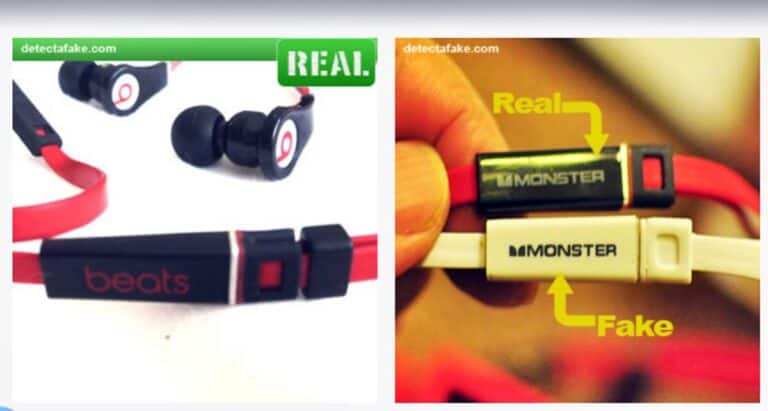
How to detect fake Beats by Dr Dre Earbuds | 4 Ways to Tell if Beats Are Fake

How to detect fake 50 dollar Bills | How to Detect Counterfeit US Money

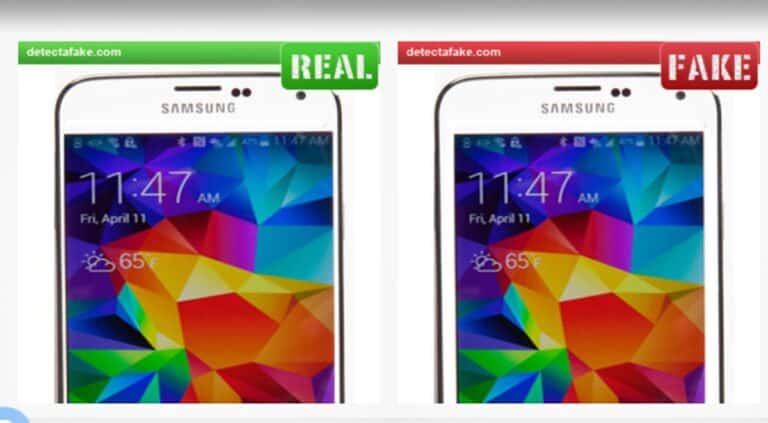
How to detect fake Samsung Galaxy S5 | How to recognize a real Samsung Galaxy S5

How to detect fake Samsung Galaxy Note 4 | How to recognize a real Samsung Galaxy Note 4


How to detect fake Apple iPhone 6 & 6s | Fake iPhone 6S- How To Identify?
